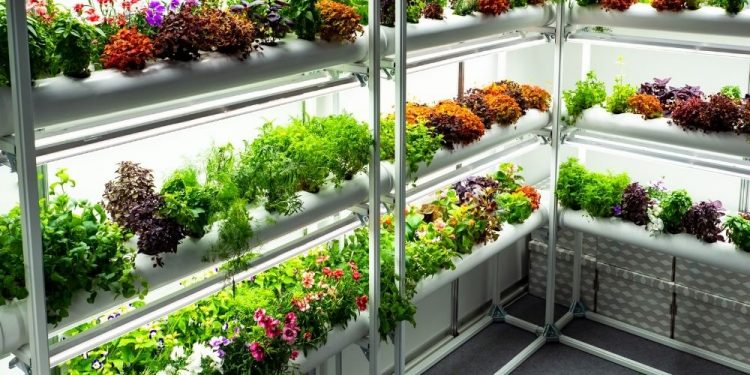Looking for a calming, year-round hobby that can keep you mentally happy and physically healthy? Here are a few tips for getting into hydroponic gardening.
Hydroponics provides a fun and environmentally-friendly way to stock your refrigerator and improve your diet with freshly grown herbs, fruits, vegetables, succulents, and more. You can start out small and see if hydroponic gardening is for you before making the leap into more elaborate indoor farming. Hydroponics is a fascinating pastime that can enrich your spirit, as well as your meals. Check out these tips for getting into hydroponic gardening and start growing in more ways than one!
What Do You Want To Grow?
Before you measure your growing room or buy your first piece of equipment, consider what you’d most like to feast on. Begin your hydroponics adventure by picking a plant you can imagine savoring come harvest time and be inspired. Good starter plants for the hydroponics beginner include greens like lettuce, spinach, and kale, radishes, carrots, strawberries, beans, and tomatoes. Some plants cannot be grown hydroponically, such as potatoes, corn, and vine crops (other than tomatoes and cucumbers). But there are enough growable plants out there to keep your interest.
Pick a System
Hydroponics isn’t a single kind of growing. In fact, there are several types of set-ups, like nutrient film technique (NFT), deep water culture (DWC), wick hydroponics, ebb and flow and flood and drain systems, and others. Do some research, but remember to walk before you run. As a beginner, you can build a trial garden with a simple liter bottle set up (multiple plans are online, and it’s a great project to do with a child). You can also invest in a basic grow system kit that provides all the equipment and nutrients you need to get started. As you advance, investigate and expand into more elaborate systems.
Measure Twice, Install Once
The next step is to figure out the best spot for your setup. All a small system of two-liter bottles needs is a warm sunny spot, but a bigger system, like an AutoPot set-up or Aeroponics system, will require more space. Read up on potential systems to see if they’ll fit your home, as well as your lifestyle. One of the beautiful things about hydroponics is that it can bring nature, farming, and life to even the smallest living spaces, but you still need to be realistic about what your home can handle. Also, larger systems can require bigger setups, thus requiring more water sources, storage space, ventilation, and the like.
Challenges and Benefits
Even with these assorted tips for getting into hydroponic gardening, hydroponics isn’t without its challenges. If you want to get serious, the equipment and caretaking costs add up. Also, your plants’ lives are in your hands. You need to monitor them for proper lighting, water, and nutrition, and a bit of technical know-how is a plus. On the other hand, you’re helping the environment by saving water and soil, and when you take that first fresh, organic, pesticide-free bite, it’ll all feel worthwhile!



